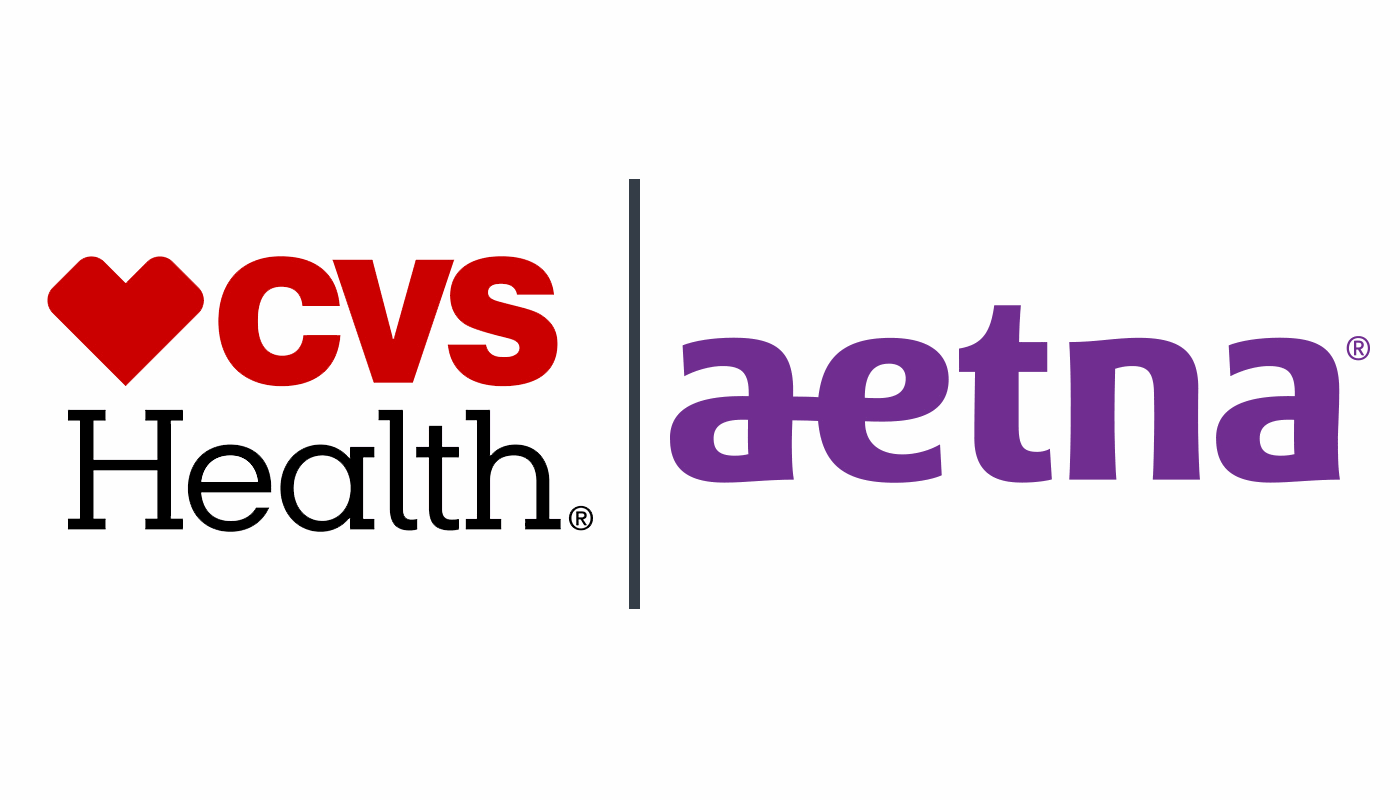The Vitality Re series of health insurance-linked securities (ILS) transactions, which provide reinsurance protection to health insurer Aetna, are exposed to potential triggering by the coronavirus pandemic should it result in “severe morbidity stress”, rating agency S&P has said.
 The Vitality Re series of health ILS transactions are a way for Aetna to transfer peak risks to the capital markets to augment its reinsurance protection using a catastrophe bond like structure.
The Vitality Re series of health ILS transactions are a way for Aetna to transfer peak risks to the capital markets to augment its reinsurance protection using a catastrophe bond like structure.
They are an efficient way to leverage reinsurance capital within the health insurers financial structure, as a tool to aid its capital efficiency and secure peak risk protection.
That said, risk transfer is not the sole benefit or goal of Aetna with the Vitality Re deals. Rather it is the capital adequacy and solvency related benefits that this efficient form of reinsurance capital can add to its stack that are a key driver as well.
But when a major health related crisis strikes, these Vitality Re ILS can be considered on-risk and rating agency Standard & Poor’s notes that while they remain remotely exposed, they could be at risk of triggering should the coronavirus pandemic cause significant health insurance claims for Aetna.
S&P explains that “the Vitality Re transactions could be at risk of triggering if the coronavirus pandemic leads to a significant increase in claims payments of Health Re Inc., and ultimately, Aetna Life Insurance Co. (ALIC) relating to the insurance business covered under the notes.”
Health Re Inc. is the Vermont captive insurer of Aetna that is used to intermediate between ALIC and the Vitality Re special purpose vehicles for each Vitality Re health ILS transaction.
Typically, Aetna Life Insurance Company enters into a quota share health reinsurance agreement with Health Re Inc., and Health Re in turn enters into an excess of loss reinsurance agreement for each tranche of notes issued in a Vitality Re deal, to provide the coverage to Aetna.
The increase in claims payments needed to threaten a triggering of any of the Vitality Re notes, which are all fairly remote in terms of risk levels, would have to produce a medical benefit claims ratio (MBRs) that exceeded the MBR attachment points for any of the outstanding tranches of Vitality Re notes across the 2020 annual risk period, S&P further explained.
The MBR is used within the indemnity trigger of the Vitality Re deals, as a metric to ascertain attachment probabilities and other data about the risk levels inherent to the health ILS notes.
The risk of triggering is considered remote, with S&P saying that, “We believe it would take a severe morbidity stress to trigger even the class B notes,” of the Vitality Re transactions.
The Class B notes of each Vitality Re issue are the higher risk of the typically two layers of risk transferred to the capital markets through these deals.
S&P’s analysis found that U.S. health insurers’ medical loss ratios would rise to 88%-89% in a moderate morbidity scenario and to 95%-97% in a severe scenario. This compares with a current average medical loss ratio of about 85%.
For comparison, Aetna’s newest Vitality Re health ILS deal, issued earlier this year, attaches when the medical benefit ratio exceeds 94% for the insurer.
For now, S&P says that its ratings on the four outstanding Vitality Re health ILS transactions remain unchanged, but added that it will monitor the transactions and update on any further developments should the risk of triggering increase as the coronavirus Covid-19 pandemic continues.
Aetna has now sponsored eleven Vitality Re issues over the years, with four still remaining outstanding at this time.
These are the $200 million Vitality Re VIII Ltd. (Series 2017-1) issuance, the $200 million Vitality Re IX Ltd. (Series 2018-1) issuance, the $200 million Vitality Re X Ltd. (Series 2019) issuance, and most recently the $200 million Vitality Re XI Ltd. (Series 2020) issuance that came to market at the beginning of this year.
You can read about every Vitality Re health insurance-linked securities (ILS) transaction from Aetna in our extensive catastrophe bond Deal Directory.
 View all of our Artemis Live video interviews and subscribe to our podcast.
View all of our Artemis Live video interviews and subscribe to our podcast.
All of our Artemis Live insurance-linked securities (ILS), catastrophe bonds and reinsurance video content and video interviews can be accessed online.
Our Artemis Live podcast can be subscribed to using the typical podcast services providers, including Apple, Google, Spotify and more.































